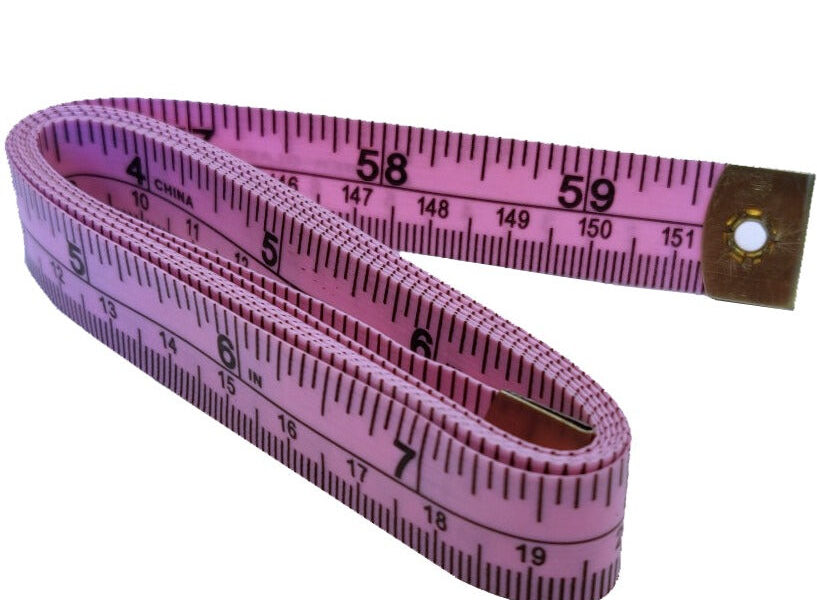
\n\n
Why Are Tape Measures Curved?
Most people have held a tape measure at some point. It’s an essential tool for carpenters, builders, and even hobbyists. But if you’ve loo\n\n
Related Articles
\n


\n\n
Most people have held a tape measure at some point. It’s an essential tool for carpenters, builders, and even hobbyists. But if you’ve loo\n\n
\n
Subscribe for Updates
Get the latest articles delivered to your inbox.
We respect your privacy. Unsubscribe anytime.